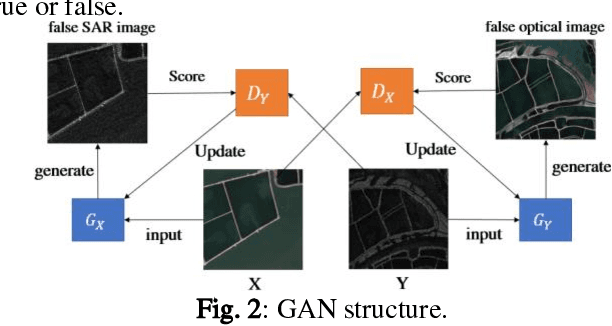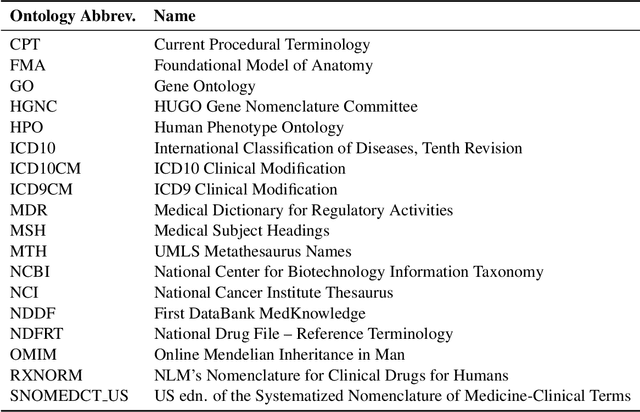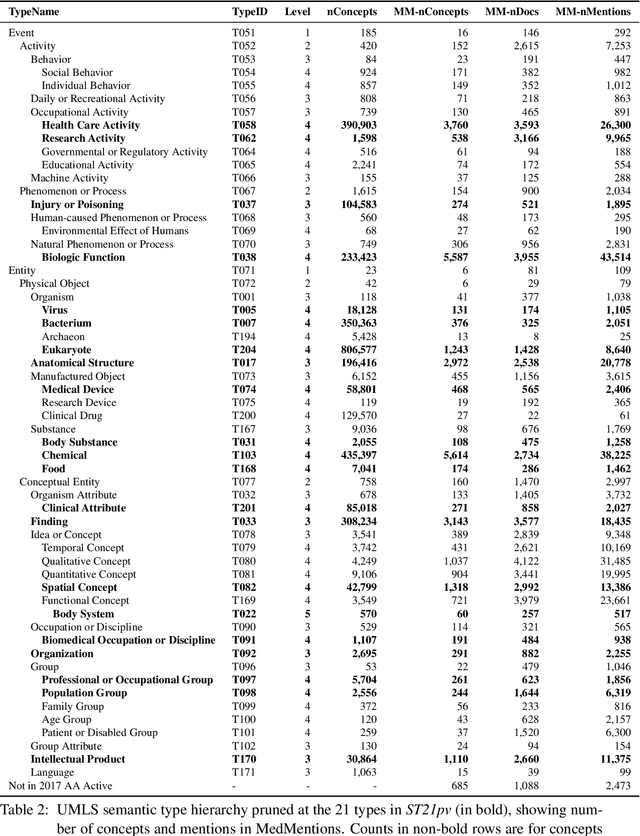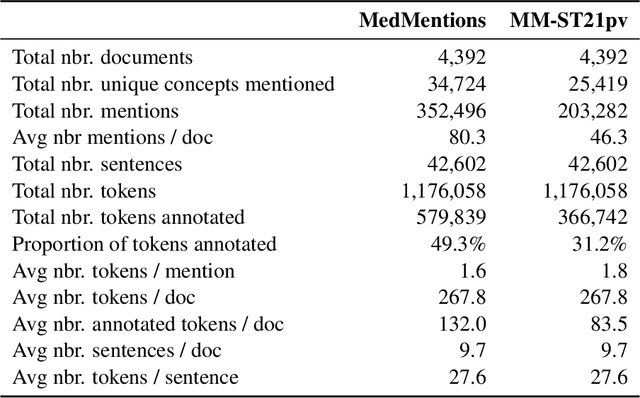Donghui Li
Harvesting Efficient On-Demand Order Pooling from Skilled Couriers: Enhancing Graph Representation Learning for Refining Real-time Many-to-One Assignments
Jun 20, 2024



Abstract:The recent past has witnessed a notable surge in on-demand food delivery (OFD) services, offering delivery fulfillment within dozens of minutes after an order is placed. In OFD, pooling multiple orders for simultaneous delivery in real-time order assignment is a pivotal efficiency source, which may in turn extend delivery time. Constructing high-quality order pooling to harmonize platform efficiency with the experiences of consumers and couriers, is crucial to OFD platforms. However, the complexity and real-time nature of order assignment, making extensive calculations impractical, significantly limit the potential for order consolidation. Moreover, offline environment is frequently riddled with unknown factors, posing challenges for the platform's perceptibility and pooling decisions. Nevertheless, delivery behaviors of skilled couriers (SCs) who know the environment well, can improve system awareness and effectively inform decisions. Hence a SC delivery network (SCDN) is constructed, based on an enhanced attributed heterogeneous network embedding approach tailored for OFD. It aims to extract features from rich temporal and spatial information, and uncover the latent potential for order combinations embedded within SC trajectories. Accordingly, the vast search space of order assignment can be effectively pruned through scalable similarity calculations of low-dimensional vectors, making comprehensive and high-quality pooling outcomes more easily identified in real time. SCDN has now been deployed in Meituan dispatch system. Online tests reveal that with SCDN, the pooling quality and extent have been greatly improved. And our system can boost couriers'efficiency by 45-55% during noon peak hours, while upholding the timely delivery commitment.
A Dual-fusion Semantic Segmentation Framework With GAN For SAR Images
Jun 02, 2022



Abstract:Deep learning based semantic segmentation is one of the popular methods in remote sensing image segmentation. In this paper, a network based on the widely used encoderdecoder architecture is proposed to accomplish the synthetic aperture radar (SAR) images segmentation. With the better representation capability of optical images, we propose to enrich SAR images with generated optical images via the generative adversative network (GAN) trained by numerous SAR and optical images. These optical images can be used as expansions of original SAR images, thus ensuring robust result of segmentation. Then the optical images generated by the GAN are stitched together with the corresponding real images. An attention module following the stitched data is used to strengthen the representation of the objects. Experiments indicate that our method is efficient compared to other commonly used methods
MedMentions: A Large Biomedical Corpus Annotated with UMLS Concepts
Feb 25, 2019



Abstract:This paper presents the formal release of MedMentions, a new manually annotated resource for the recognition of biomedical concepts. What distinguishes MedMentions from other annotated biomedical corpora is its size (over 4,000 abstracts and over 350,000 linked mentions), as well as the size of the concept ontology (over 3 million concepts from UMLS 2017) and its broad coverage of biomedical disciplines. In addition to the full corpus, a sub-corpus of MedMentions is also presented, comprising annotations for a subset of UMLS 2017 targeted towards document retrieval. To encourage research in Biomedical Named Entity Recognition and Linking, data splits for training and testing are included in the release, and a baseline model and its metrics for entity linking are also described.
 Add to Chrome
Add to Chrome Add to Firefox
Add to Firefox Add to Edge
Add to Edge